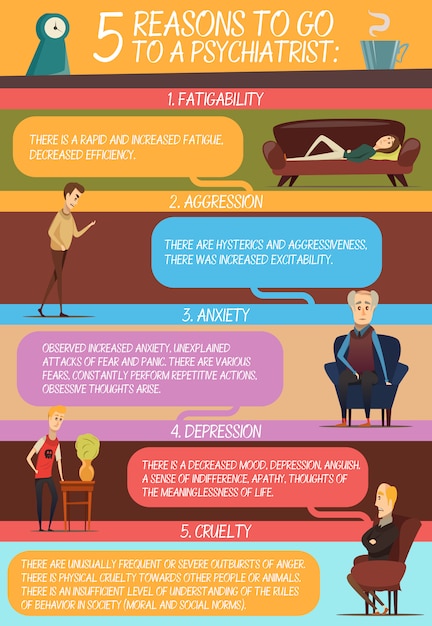While psychoanalysis and humanistic therapy have some resemblances, they differ dramatically in their views on human actions. For example, while psychoanalysis considers unconscious motives and early youth experiences, humanistic therapy concentrates on the conscious mind and individual development.
Psychoanalysis aims to look into unconscious inspirations and previous experiences to deal with bothersome habits and emotions. Nonetheless, it can be a prolonged and intensive procedure.
Sigmund Freud
Psychoanalysis is based on the theory that human actions is driven by unconscious forces. These are usually rooted in childhood experiences of trying to fulfill basic requirements, yet remain out of the person's mindful recognition. As grownups, people utilize a selection of defense mechanisms to avoid these pressures from coming to be also acute. These include suppression, variation (channeling sexual drives into socially acceptable activities), and sublimation (transporting power into art, work, or exercise).
The psychoanalytic technique entails delving into the subconscious and translating dreams. This procedure is helped with by a strong restorative partnership. People might initially show resistance to therapy, however this can be gotten rid of by "resolving" problems. Freud thought that some of these conflicts were related to past connections and youth experiences. He established restorative methods such as free association and dream analysis, and he introduced the idea of transference, in which clients redirect their sensations toward the specialist. Despite these advantages, psychoanalysis has its doubters.
Carl Rogers
Rogers pioneered the humanistic technique to psychology. He thought that people naturally make every effort to grow and become the very best variations of themselves. He also highlighted that the mindful mind is more vital than subconscious influences. This viewpoint was shown in his client-centered treatment, which concentrated on building a therapeutic connection. It likewise included compassion and genuine positive regard, which is a nonjudgmental attitude from the therapist.
The humanistic technique to psychology is still extensively used in education, cultural relationships, nursing, and social partnerships. Rogers' work influenced contemporary psychotherapy and was the motivation for techniques like inspirational talking to.
Rogers started his job in farming and was a preacher prior to switching over to psychology. He released 2 influential books, Therapy and Psychiatric Therapy and Psychiatric Therapy and Personality Change. He was additionally the initial to audio-record his sessions and movie them for clinical research. He was a teacher at Ohio State College and the College of Chicago prior to relocating to The golden state to operate at Western Behavioral Sciences Institute.
Client-centered therapy preparation
Like psychoanalysis, humanistic therapy focuses on building a strong restorative relationship. It urges clients to face their existential problems, and it emphasizes individual growth and self-acceptance. Unlike psychoanalysis, which concentrates on subconscious motivations and past experiences, client-centered therapy emphasizes favorable facets of the human experience.
Specialists should show genuine favorable respect and compassion for their people. This helps them construct a trusting and considerate partnership, and it permits them to recognize the customer's viewpoint. They can do this by revealing authentic reactions and asking concerns to clarify their view of the client's problems.
A therapist ought to also be non-directive and allow the client to drive the sessions. They need to stay clear of offering recommendations and allow the client reveal their feelings. They can additionally help the client learn to deal with challenging emotions by showing their ideas and sensations back to them. This is referred to as energetic listening. It is a useful device for boosting the performance of client-centered therapy.
Therapy objectives
In humanistic treatment, the specialist will certainly usually tackle a less-directive duty and permit customers to review their ideas openly. They will certainly urge compassion and assistance and will be able to offer unconditional positive regard. These aspects of the therapeutic relationship will certainly be type in promoting self-awareness and individual development. The therapist may use techniques top-rated mental health services for adults like gestalt therapy and existential treatment to advertise these objectives.
Unlike psychoanalysis, which focuses on discovering unconscious thoughts and needs, humanistic treatment is a lot more oriented in the direction of personal growth and self-awareness. It also emphasizes the idea that individuals are inherently great and drive towards self-actualization.
Moreover, humanistic therapy can be helpful for getting over negative judgments from others. It can also assist you deal with difficult sensations and feelings such as unhappiness or anxiety. You will find out to approve your emotions and develop healthy and balanced coping abilities. You will also discover ideas such as flexibility and responsibility for your activities. These styles are central to humanistic treatment and can be beneficial in taking care of depression, stress and anxiety, and personality disorders.
